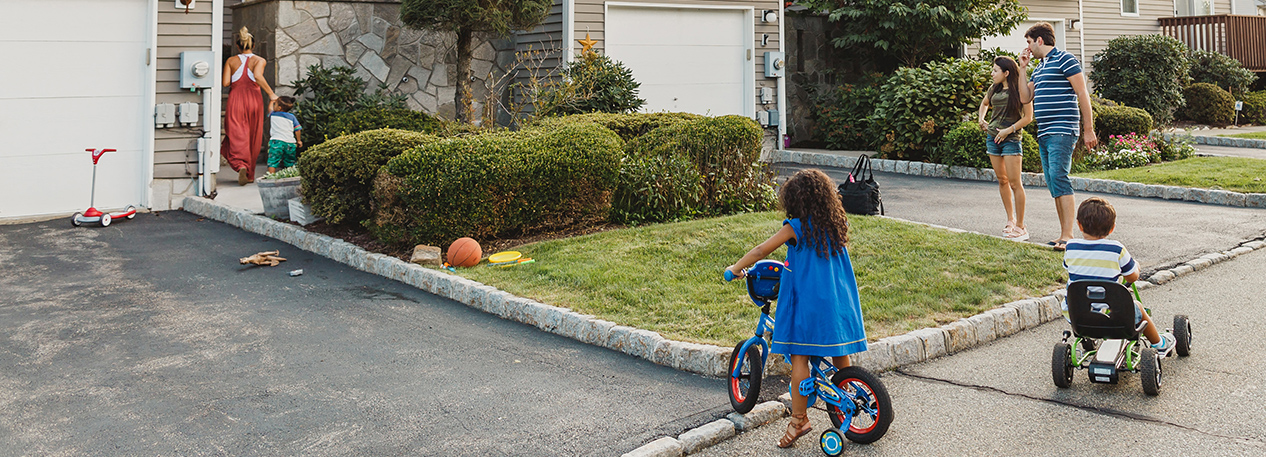Since the onset of the mortgage crisis in 2007, a much larger than normal share of single-family houses listed for sale in the U.S. each year has been purchased by institutional investors—Wall Street firms, real estate trusts, international funds, and so on. This phenomenon has been easing since 2013, but investor activity remains widespread and is particularly prevalent in high-foreclosure areas such as Las Vegas and Atlanta, where prices had soared during the housing bubble and, after the crash, severe house price downturns occurred. This trend is also growing in areas of the country where real estate is highly priced such as Miami and New York City. In some cities, investors have bought more than a quarter of the houses sold since the early 2000s, far more than the less than 5 percent purchased by investors prior to the crisis. Meanwhile, the growing proportion of single-family houses being turned into rentals comes amid a steady decline in the nation’s homeownership rate since the mortgage crisis. In 2004, 69 percent of the nation’s households owned their primary residence. By 2016, this number had dropped to 63 percent. Although the homeownership rate recovered a bit in 2017, it remained below 64 percent.
What is behind this steep rise in institutional investment in the single-family housing market? Are these investors crowding out local homebuyers and contributing to the general decline in homeownership? What impact are investors having on house prices? Are they helping or hurting local housing markets and the financial welfare of households, particularly when it comes to wealth inequality? Does this phenomenon have implications for the overall U.S. economy? Although economists are still investigating the effects of this trend, some answers to these questions are starting to emerge.
This article appeared in the Third Quarter 2018 edition of Economic Insights. Download and read the full issue.
View the Full Article